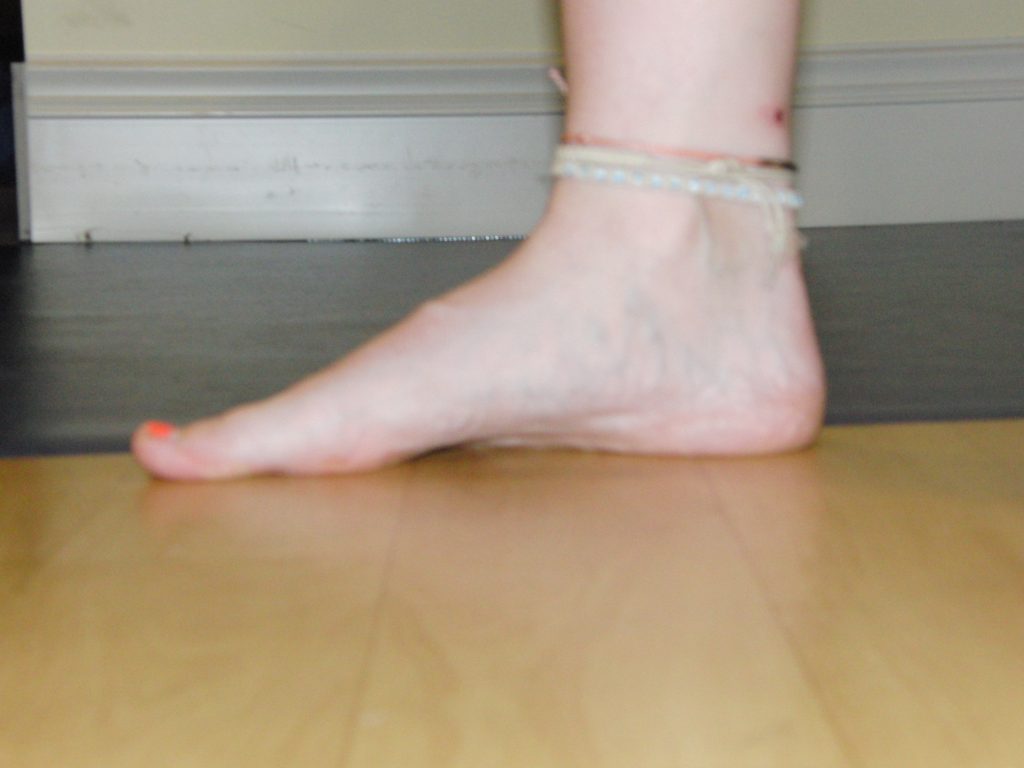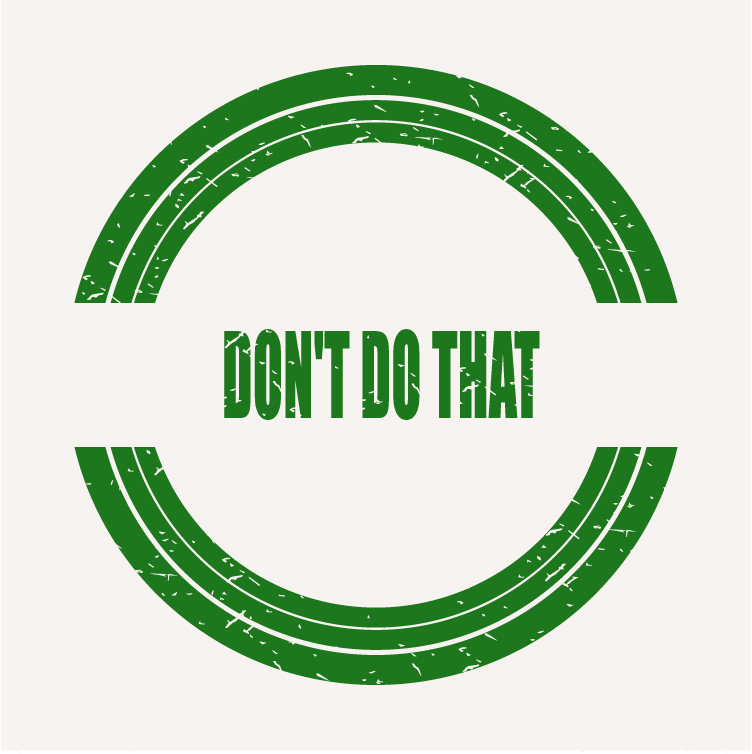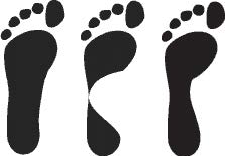Aging Muscles & Tendons: Achilles/Calf Strain
As we age muscles and tendons will change. Calf muscles in older individuals are weaker, smaller, shorter, less stiff, and not as coordinated. Older athletes may experience greater incidence of injuries (Tauton 2003, McKean 2006). Two most common repetitive use injuries in older runners are Achilles tendonopathy and strained calf muscle (Marti 1988). A greater…
Read MoreGait Analysis – Gait Training for Achilles Tendon Pain
The manner you walk or run can be one of the contributing factors to the development of Achilles tendon problems. If you are experiencing pain in the Achilles when walking or running working with your Physical Therapists and using slow motion video analysis the following model can provide a beginning point to solve the problem.…
Read MoreStrengthening Exercises for Intrinsic Foot Muscles
Exercises to strengthen the foot are frequently used to treat injuries to foot, ankle, knee, hip and low back. Toe curl or toe scrunching exercises is not appropriate for strengthening the muscles intrinsic to the feet. Muscles about the foot and ankle are described as either extrinsic muscles or intrinsic muscles. Extrinsic foot muscles have…
Read MoreOsteoarthritis – Bad News More Than Good News
Osteoarthritis occurs in a joint when there is more degeneration of the joint cartilage than regeneration of the joint cartilage. Cartilage is a soft tissue on the ends of bones. Cartilage provides a smooth surface to allow free movement of joint, provides a cushioning, and for joint stability. Cartilage tissue is poorly designed for repair…
Read MoreMugged – Smacked and Common Sense: Exercise In Dark Outdoors
The short dark day of winter pose a challenge for the exercise enthusiast who prefers to exercise out doors. Most everyone has some fear walking/running in the dark. There are justifiable concerns related to safety. On the positive side there can be significant benefits and rewards from getting outside in the dark winter days and…
Read MoreDon’t do that
A widely held belief among health care professionals is that it is a waste oftime to recommend to an injured runner to stop running. The assumptionis a dedicated runner will not follow recommendation of “don’t do that”. With a few exceptions most injured runners do not need to be told “don’trun”. The exception is a…
Read MoreEvolution of the running shoe: evidence & opinion
Forty years ago there was only one running shoe designed for long distance running. Itwas a black canvas shoe shaped like a track spike shoe with a gum rubber outsole andConverse was the manufacturer. Now there is a veritable plethora of running shoes tochoose from. Ten years ago I wrote an article highlighting the fact…
Read MoreShould you stretch it out – Pain too loose too stiff?
Generally, there are one of two scenarios related to musculoskeletal pain and injury. Either there is not enough movement or there is too much movement. If a muscle is in spasm, if a joint is stuck, or if a muscle-tendon unit has adaptively shortened in length are all examples of not having enough movement. If…
Read MoreCreditability of Shoe Selection Based on Foot Print Shape and Injury Risk
Running magazines and internet shoe sales sites often recommend that the shape of the wet foot print should be used to determine which type of running shoe should be selected. There is a common belief that a foot print reflecting low arch (flat feet) should select shoes designed for “motion control”. Motion control shoes are presumed to control excessive motion…
Read More








